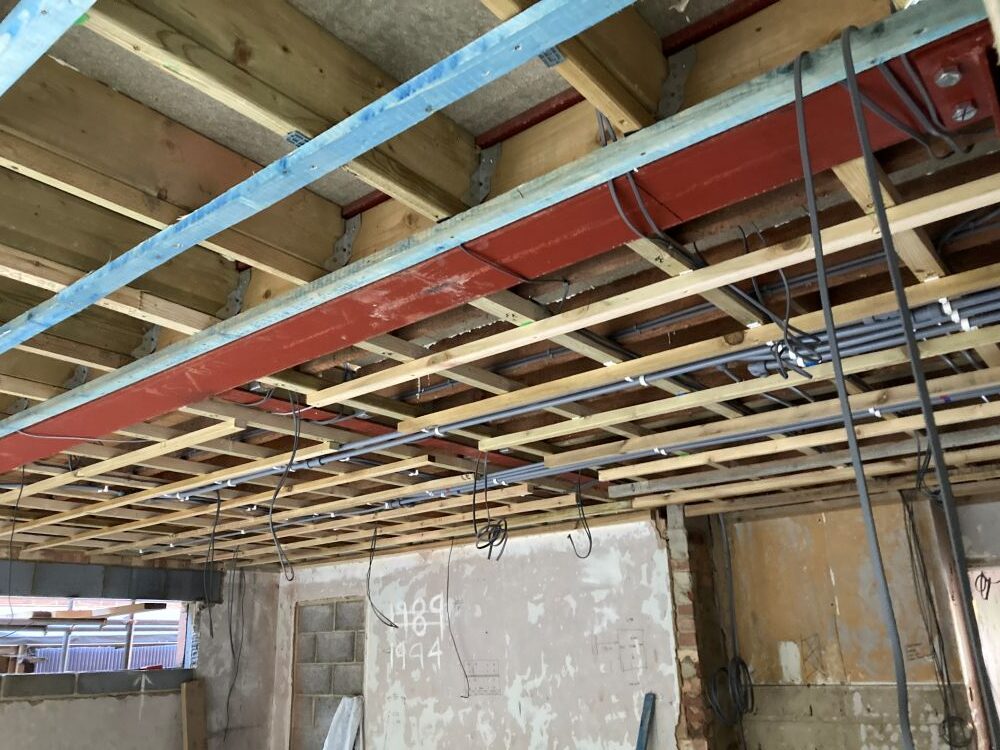What is retrospective planning permission and what is the 10 year rule?
In planning there are many myths, rules and guidelines that can lead to confusion. In this article we clarify an element of planning law by answering a series of questions.
What if I build without planning permission?
We would never advise that you build without first obtaining planning permission (or a lawful development certificate if applicable). If you did build without these, the building work could be considered to be unlawful and the local authority could commence enforcement action against you. Often this means that the building works are suspended part way through the project, and the owner will likely incur increased costs due to the suspension, continuing finance costs, planning costs, and project re-commencement at a later time. The site will also need to be kept secure during the suspension.

What is enforcement action in planning?
If the local authority did consider the building work to be unlawful, it is likely an enforcement officer would visit to understand what has been done and what is unlawful. Then you would receive a letter from the enforcement officer stating that they believe elements of the building works on the site may be unlawful and you would have a period of time to either demolish the building works or make a retrospective planning application for planning permission.
What is a retrospective planning application?
A retrospective planning application is a planning application for building works that have already been carried out before the application was made. The application will need to contain much the same information as a planning application made before the building works have been carried out.
What if my retrospective planning application is refused?
The local authority review a retrospective planning application against local and national policy and determine it as either ‘granted’ or ‘refused’. They are not under any obligation to grant it even though it has been built. If it is granted, the enforcement officer will confirm to you that the case is closed, so long as the permission granted is aligned with the building works carried out. If the application is refused, then you will receive a local authority enforcement notice requiring you to restore the site back to it’s original state before the building works were carried out. This means demolishing the building works that you have recently had carried out. At this point you have 3 key options: 1.demolish the building works, 2.appeal the planning decision, or 3.apply for alternative planning permission, offering to modify the works.
What is the 10 year rule in planning?
The 10 year rule usually refers to the period of time that unlawful building works have to stand without any enforcement action being taken. In many circumstances, outside of this time, enforcement action cannot be commenced by the local authority.
What is the 4 year rule in planning?
Up until 2024 the 10 year period of time was a 4 year period instead. This change has made it even more important than ever to seek the correct advice before commencing your project because the risk of enforcement action continues for 10 years instead of 4 years.
Disclaimer: Planning is a complex and constantly evolving subject. Nothing on this website should be taken as professional advice and MB Architecture are not liable for the use of the information on this website. You are advised to seek advice from MB Architecture specific to your project.
Next steps:
At MB Architecture we design and obtain permissions for residential, commercial, and care home projects. We want to do all we can to make the process of designing, applying for the relevant permissions, and building your project as successful and stress free for you as possible. We have delivered hundreds of projects over the years and we would love our next project to be yours. Every project starts with a conversation so why not click the link below to get in contact with us and get the conversation started?
MB Architecture – Your Design Partner
